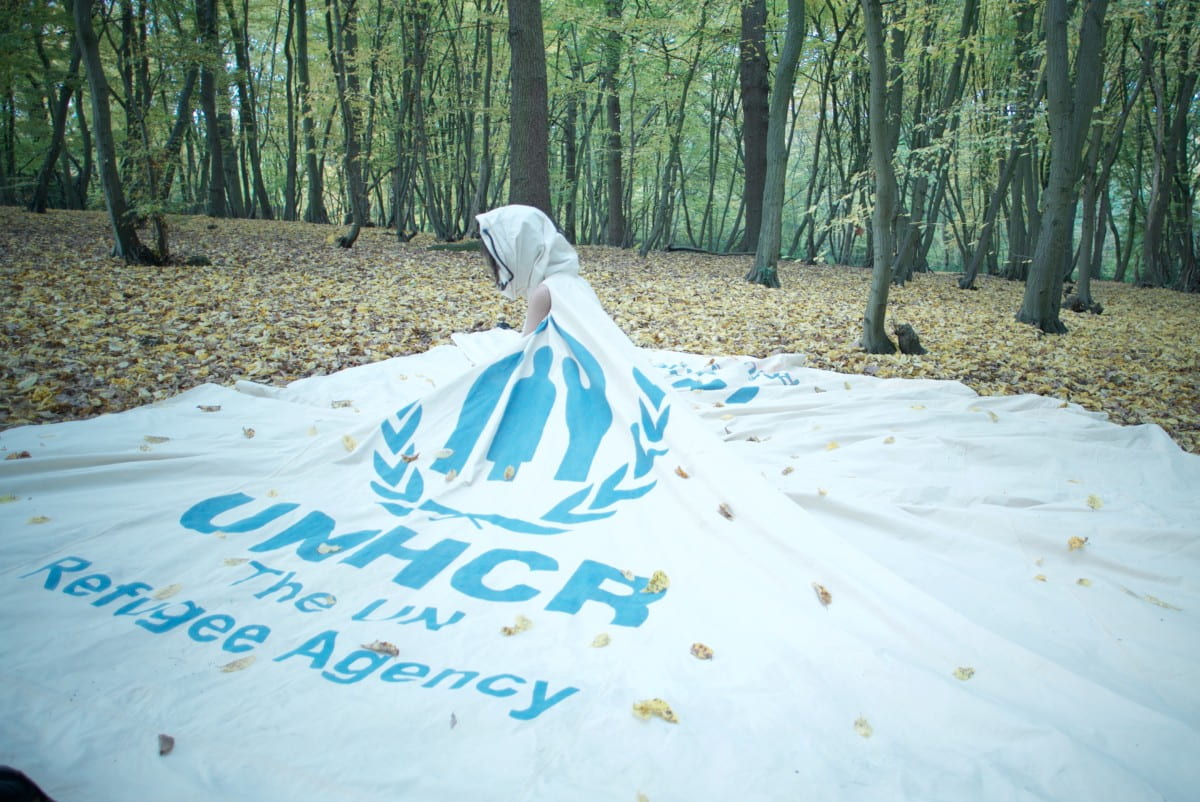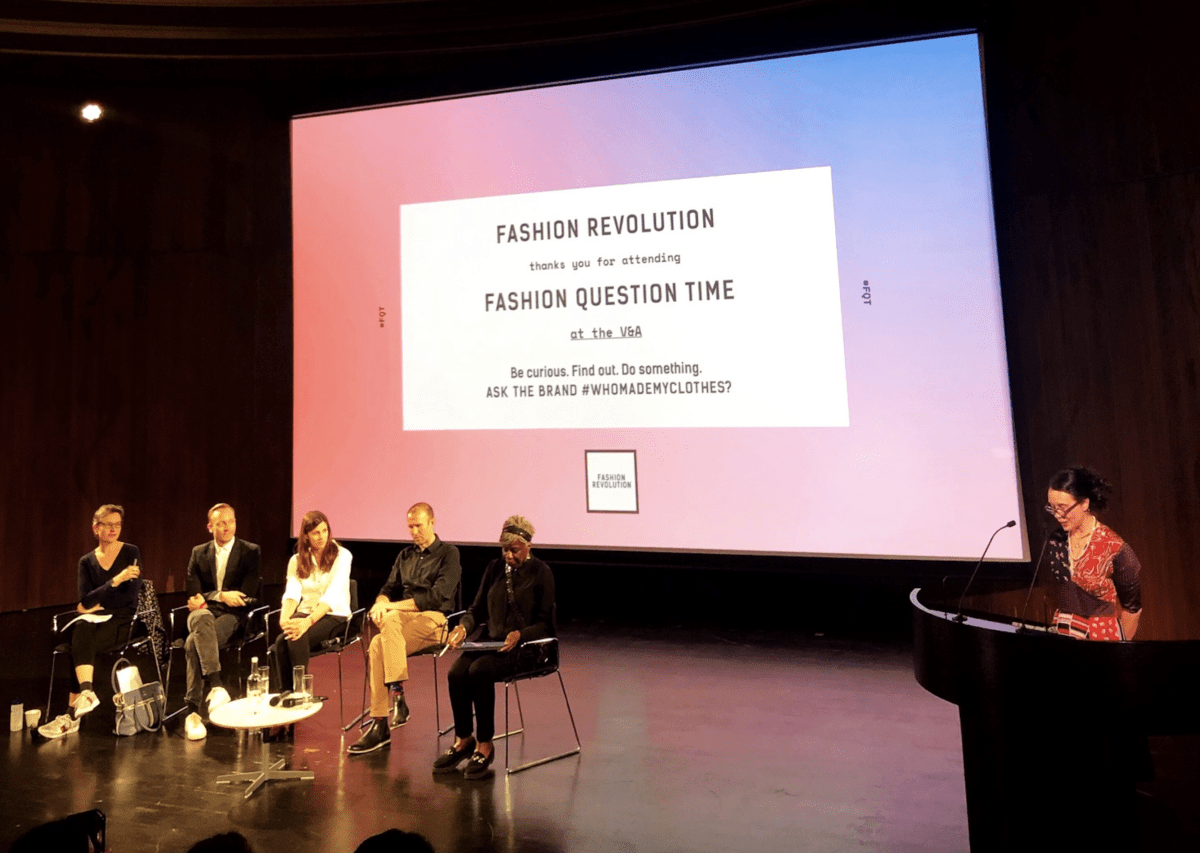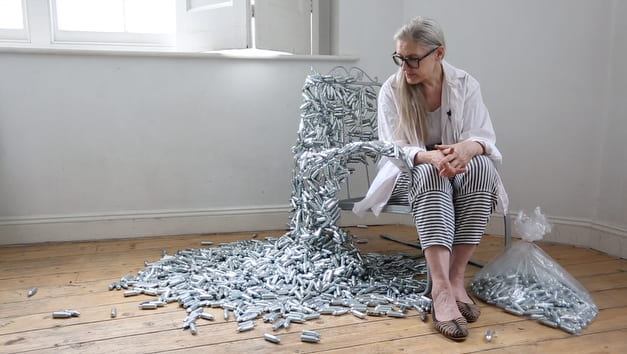As the month of January is all about menswear, I decided to ask our Manager of the Centre for Fashion Curation, Ben Whyman about the concept of masculinities and the breadth of research taking place at LCF to do with masculine dress. Here Ben also explores ideas around masculine identifying dressers as an expression of how the definition of masculine dress is ever expanding.
The increasing interest in menswear from a fashion media and business perspective shows no signs of abating. January 2016, and London Collections Men (LCM) will create a whirl of interest and imagery for audiences to analyse and dissect for the next few months.
Pre-LCM week, tall, loose-limbed models were doing the rounds of London for catwalk go-sees. For some reason it reminded me of the Canadian female model Casey Legler who, a few years ago, because she fit men’s clothes, was placed within the menswear fashion market, catwalking and posing for shoots.
Casey is queer, six foot two inches, limbs from here to eternity and a sexy gap-tooth smile. She has the body most designers design for, male and female: tall, broad shoulders, narrow hips, lean limbs. She ‘fits’ the menswear fashion system better than many males do.
Were there any other female models in amongst these go-sees for the male fashion catwalk? Or trans male? If so, it would reflect the increasing online, journalistic and academic debate surrounding masculinities and dress.
I use the plural ‘masculinities’ to reflect the increasingly broad definition that the term is called on to apply to – from the LGBTQIA community to heterosexual men, including the breadth of experiences and otherness within each of these social groups. I use the term ‘dress’ to mean that with which we adorn our bodies with.

Image credit: Dr Laura Bridgeman by photographer Darius Amini Shanks
I talked with Dr Laura Bridgeman, writer and playwright of The Butch Monologues about the fluidity of masculinity these days, and how the plural masculinities works better – for now. Dr Bridgeman and I discussed how masculinities, as a term, is about the various ways of approaching a sense of self. What we agreed was that by using the plural, it covers the breadth of masculine-identifying dressers, as well as those who take it for granted (i.e. people born male, or gendered as male from a young age).
Debates are rapidly moving and there are many ways of approaching this – there always has been. Check the male peacocks of the seventeenth century, or twentieth century metrosexuality that shifted masculine-dress boundaries. And remember all those academics and artists, like Judith Butler (Gender Trouble), Peggy Shaw (Menopausal Gentleman) and Judith Halberstam (Female Masculinity), who have expanded these boundaries.
The media is having a field day with the spectrum of definitions which is offering forums for discussion and freeing up the vocabulary of what masculinities is, and can be. People are self-identifying as gender fluid, androgynous, butch, straight, lesbian, gay, bi-sexual, asexual, grey-ace, queer, faggy, transsexual, masculine-identifying and everything in between. Some might not want to identify as either male or female, or even ‘they’, nullifying the gender binary at last. And different generations are perceiving these concepts differently.
At LCF we’re exploring the idea of pulling together a long-term project on masculinities, drawing together different events that explore what it is to be masculine and to dress in masculine dress, and to speculate on the future of what masculinities might look like, and how it could be perceived. The debates will be broad, covering the fashion media, business, design, health, identity, ethnicity, gender, sexuality, and the dressed appearance.
This isn’t an easy task. Definitions are constantly being broken down, as the fluidity of sexuality, gender, and identity dissolves pre-conceived notions. The wide-ranging voices within the College alone are making it challenging to reach consensus on what this project could be.
But education should be about challenge within a rigorous environment and listening to different voices viewing the same thing through different lenses. Otherwise, how can we critically approach, engage with and respond to the students and staff who work within the institution? These are the people who are going to help define what the fashion for the future of those on the masculinities spectrum could be.
It is about freeing up opportunities for people who might have had difficulty in the past expressing masculine tendencies, just as others might have had issues expressing their femininity. Masculinity and femininity is for everyone, regardless of gender. It’s about working out what works for you.




